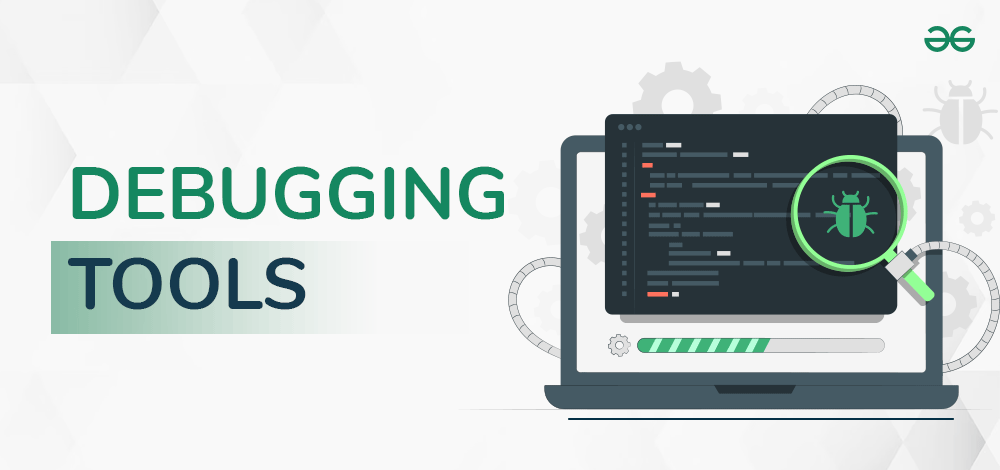Integrated Development Environments (IDEs) have become indispensable tools for developers, streamlining the coding process and providing essential features that enhance productivity. Whether you’re working on web applications, mobile apps, or large-scale enterprise systems, IDEs provide an all-in-one platform for writing, debugging, and deploying code. In this article, we’ll explore the key features of IDEs, their benefits, and some of the most popular options available today.
What is an Integrated Development Environment (IDE)?
An Integrated Development Environment (IDE) is a software application that provides comprehensive facilities for developers to write, test, and debug their code. IDEs combine essential tools, such as a source code editor, compiler or interpreter, and a debugger, into a single interface. This integration allows developers to work more efficiently, as they can access all the necessary tools in one place rather than switching between different applications.
Key Features of Modern IDEs
Modern IDEs come equipped with a range of features designed to streamline the development process. These features make it easier for developers to write clean, efficient, and error-free code. Here are some of the key features:
Code Autocompletion and Syntax Highlighting
One of the most useful features of IDEs is code autocompletion, which suggests code snippets and methods as you type. This not only saves time but also helps reduce errors by ensuring that developers use correct syntax. Syntax highlighting is another critical feature, providing visual cues that make it easier to read and understand the structure of the code.
Integrated Debugging Tools
Debugging is an essential part of software development, and IDEs make this process more manageable by offering integrated debugging tools. These tools allow developers to set breakpoints, inspect variables, and step through code to identify and fix issues in real time. By simplifying the debugging process, IDEs help developers detect and resolve errors more efficiently.

Benefits of Using an IDE
There are several reasons why developers prefer using IDEs for their projects. Here are some of the top benefits:
Increased Productivity
IDEs boost productivity by integrating all the necessary tools into a single platform. With features like autocompletion, project management, and version control integration, developers can focus more on coding and less on managing different tools. This streamlined workflow reduces context-switching, allowing for faster development cycles.
Consistency and Standardization
By providing a unified environment for coding, debugging, and testing, IDEs promote consistency across projects. They also help teams adhere to coding standards by offering tools like linters, which automatically check code for style and quality. This ensures that all developers are following the same practices, which is especially important for large-scale projects with multiple contributors.
Popular IDEs in the Market
There are many IDEs available, each with its own set of features tailored to different programming languages and development environments. Here are some of the most popular IDEs:
- Visual Studio Code: A lightweight yet powerful open-source IDE that supports a wide range of programming languages and extensions.
- IntelliJ IDEA: Known for its robust support of Java and Kotlin, IntelliJ IDEA offers advanced code analysis, refactoring tools, and debugging features.
- PyCharm: A favorite among Python developers, PyCharm provides strong support for web development frameworks and scientific tools.
- Android Studio: The official IDE for Android development, Android Studio provides all the necessary tools for building Android apps, including an emulator, build automation, and code templates.
Challenges of Using IDEs
While IDEs offer many benefits, they can also present some challenges, particularly for beginner developers. Some IDEs have steep learning curves, with numerous features and settings that can be overwhelming. Additionally, depending on the project size, IDEs can sometimes consume significant system resources, leading to slower performance. However, most developers find that the productivity gains outweigh these challenges.
Choosing the Right IDE for Your Project
Choosing the right IDE depends on several factors, including the programming language you’re using, the type of project, and your personal preferences. If you’re working with multiple languages or want a highly customizable environment, Visual Studio Code might be the best choice. For those focused on Java or Android development, IntelliJ IDEA or Android Studio are top options. Ultimately, the right IDE is one that aligns with your workflow and enhances your productivity.
Conclusion
Integrated Development Environments (IDEs) are powerful tools that simplify the development process, providing a range of features designed to increase productivity, maintain code quality, and streamline debugging. With a variety of IDEs available, developers can choose the platform that best suits their needs, helping them deliver high-quality software efficiently. As development practices continue to evolve, IDEs will remain essential for any developer looking to optimize their workflow and build better software.


